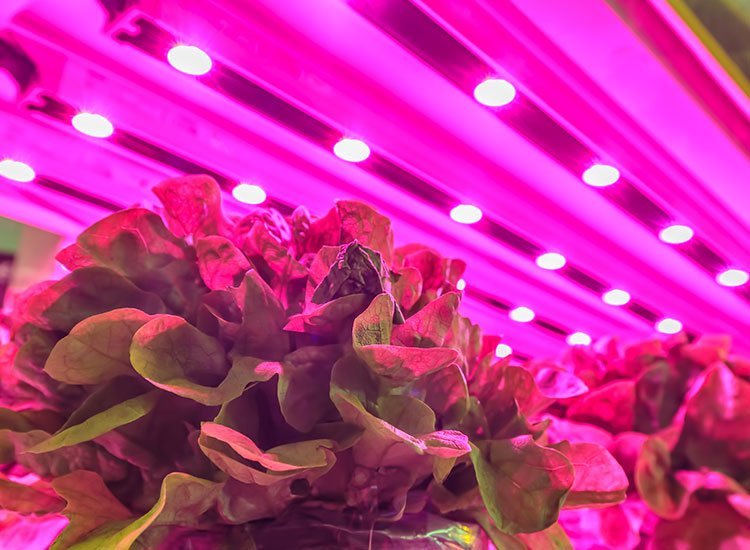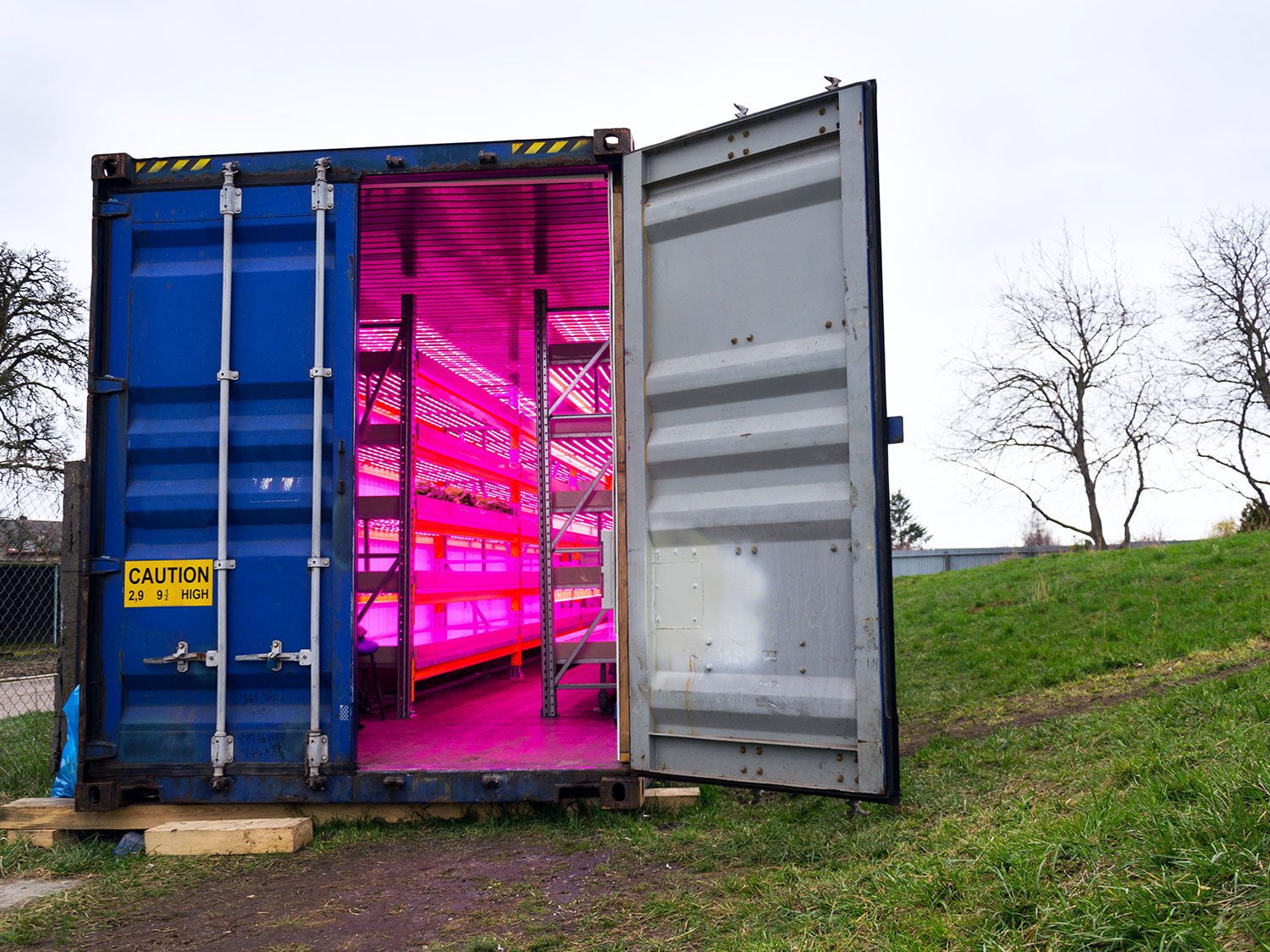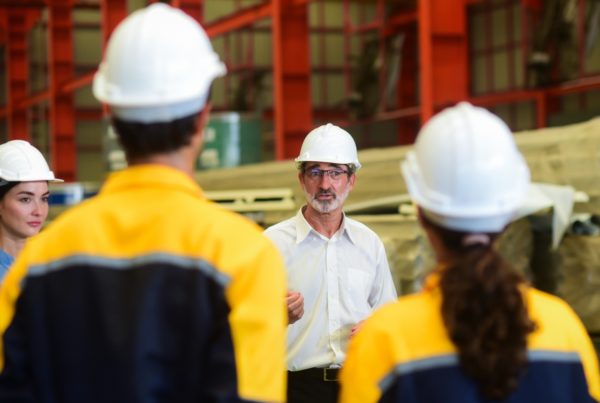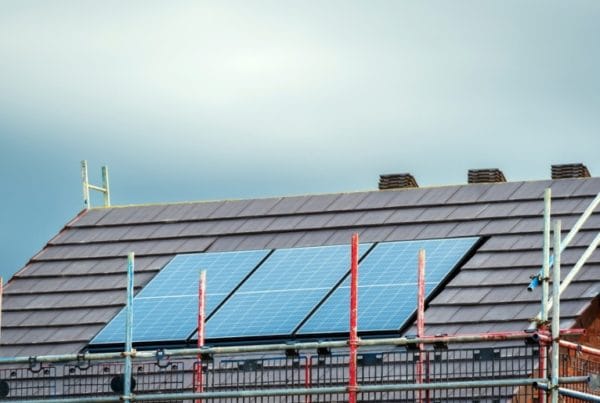Our ultimate guide to shipping container farms
The rise of shipping container farms could be leading to a global revolution in the farming industry. We investigate how – and offer tips on setting up your own.
In recent posts we’ve discussed how shipping containers can help you freshen up your garden, and even aid charities. But today, we’re looking at how they might benefit pretty much everyone – by quietly revolutionising the great wide world of local farming.
Read on for a comprehensive guide to shipping container farms…

A CEA of Change
You can’t answer the question ‘are shipping container farms a new type of agriculture?’, without digging into the larger idea of Controlled Environment Agriculture – commonly known as CEA.
CEA is about much more than growing a lot of things in a smaller space. Instead, it’s a way for farmers to create optimal conditions, so that whatever they’re farming can thrive and grow to its fullest.
While even covering crops with film can in some senses be considered CEA, the more controlled the environment, the more bountiful the crop. If that crop can also be layered vertically, you’ll not only get a superior product, but also a larger yield. Additionally, because that can all happen without unpredictable weather or crop-damaging insects, the potential is there to farm all year round – increasing efficiency and profits, while decreasing waste and financial risk.
All of which helps to explain why more and more local farmers are moving towards using shipping containers for farming and agriculture.
Great for Everyone, Everywhere
Yet farmers aren’t the only ones who benefit.
Fresher crops made in a more controlled environment mean fuller flavour ingredients and tastier meals. Plus, because shipping containers are so readily transportable, these so-called ‘freight farms’ can pop up almost anywhere – meaning more ingredients grown, sold, and eaten locally. All of which is great for local businesses, and their customers.
On top of which, lower food mileage can even help lower your produce’s carbon footprint – making freight farming potentially amongst the greenest ways to grow fruit and vegetables.
Freight Farming Ideas
Of course, when it comes to asking how shipping container farms are changing agriculture, fruit and veg are just the tip of the… um… iceberg. (Sorry!).
You can use a shipping container to farm almost anything that will fit in the space. Typically though, this means adopting one of four different approaches. They are:
- Hydroponics: Growing plants in nutrient-rich water rather than soil.
- Aeroponics: Like hydroponics, but the plant’s roots are regularly sprayed with the water instead of submerged in it.
- Aquaculture: Farming fish and algae under controlled conditions.
- Aquaponics: A mix of aquaculture and hydroponics where you create an ecosystem for specific fish, algae and bacteria to thrive.
Additionally, there can be up to five different systems you’ll need to source from a manufacturer, and fit into your container:
- Growth: The physical containers you’ll use to grow your produce – whether its trays, shelves, tubs or chambers.
- Lighting: Including bulbs and their requisite wiring.
- Irrigation: All of the tubing, pool areas, nutrients and more that can keep your crop watered.
- Monitoring/control: To automatically regulate everything from temperature to light levels and more besides.
- Atmosphere: The insulation, air conditioning, heating and/or ventilation that together protect your produce from the outside elements.
How to Start Freight Farming
As you can probably tell, there’s a lot to consider when it comes to using shipping containers for agriculture.
What follows, then, is less a full how to guide to freight farming, and more of a starter for ten.
Build a business plan
What will your market be? Which crop will you grow? How will you differentiate your offering? This is where the excitement starts – the possibilities are endless!
Find the financing
Building even the most rudimentary hydroponics farm is no simple task. If you’ve done your homework at the business plan stage, it will make this part that much easier.
Pick a place
Your shipping container farm can be located almost anywhere with access to water and power.
Source expert training
As mentioned above, creating and running a freight farm can be incredibly technical. But don’t let that stop you! Simplify it by partnering with a fellow farmer who’s done the hard part themselves – or seek out specialist training from someone in the field.
Choose your container – and start farming!
So, what is the future of container farming? Well, it’s hard to say exactly… but one thing’s for sure: if you do all of the above… you could be part of it!
We’ve a wide selection of storage containers to pick from. Head here to find one that fits your needs and join the lean green farming revolution!




